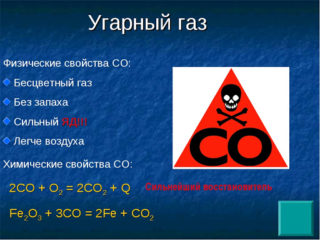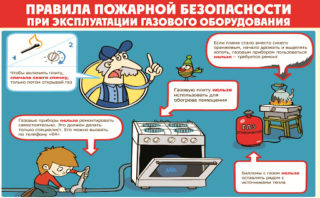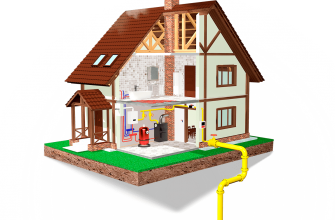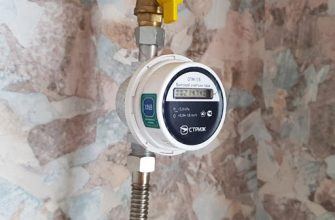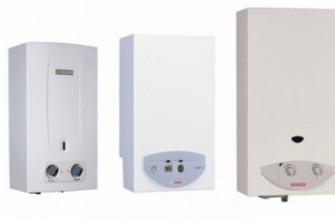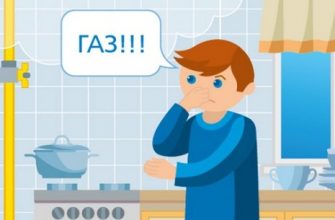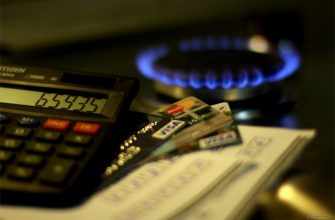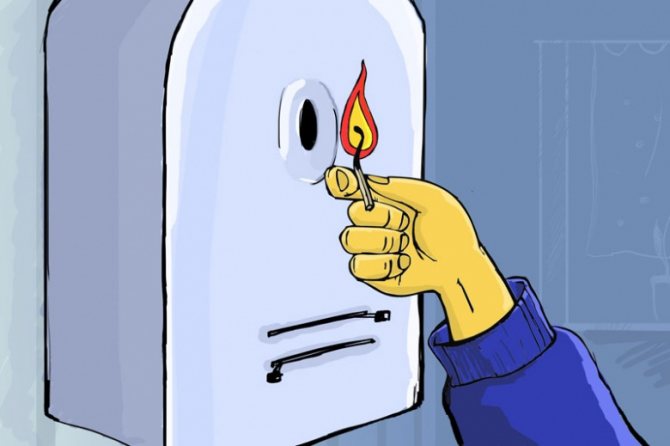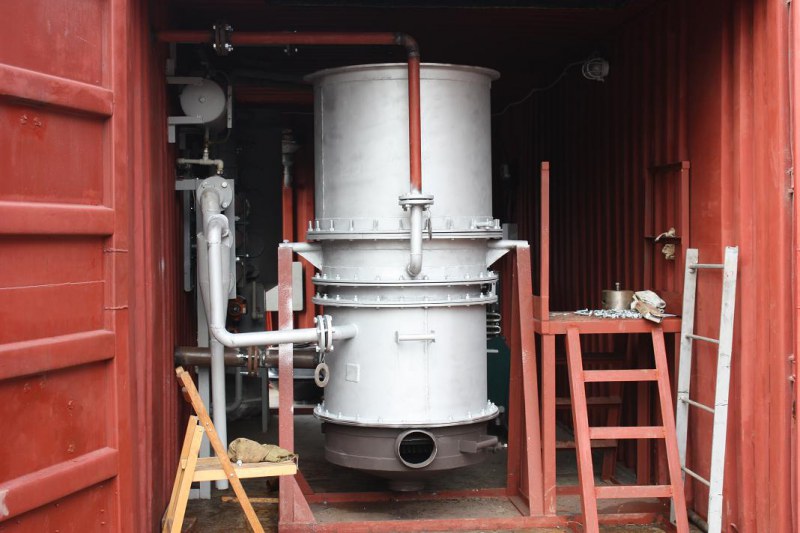Natural gas is the cheapest source of energy supplied to the population. This substance is characterized by high heat transfer and environmental friendliness. At the same time, violation of the current safety standards in the gas industry is fraught with such serious consequences as poisoning by combustion products, fires and explosions that turn entire buildings into ruins. Knowing and following the rules of safe operation of gas equipment, it is possible to avoid and prevent an emergency situation both in a city apartment and in a private house.
Basic rules for using gas at home
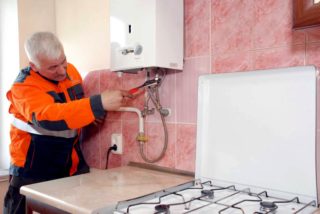
Understanding and remembering the rules for operating gas equipment in residential buildings will not be difficult. They are simple, to achieve and maintain the proper level of safety, you need to make a minimum of effort.
- Use of serviceable factory-made devices. Equipment connection should only be carried out by an experienced gas service technician.
- Providing controllers and inspectors with free access to equipment and communications at any time of the day. Compliance with all requirements of authorized persons.
- Regular cleaning of ventilation grilles from dust, and channels from dirt, deposits and foreign objects.
- The use of gas only for its intended purpose, in accordance with the attached instructions - heating water in the circuits, cooking food on the burners.
- Timely payment of bills for consumed fuel. Avoiding debt formation.
- Cleaning devices with minimal physical pressure, without the use of active chemicals that can corrode metal and destroy gaskets.
- Use products only when constantly present to prevent accidental ignition or extinguishing of fire by spilled liquid.
Safety requirements stipulate that only specialists who have the admission and certification of the company have the right to interfere with the gas supply system of the house, including household appliances.
What you need to know about carbon monoxide
The situation is worse with carbon monoxide. It is formed during the combustion of fuel and has no odor, since the additives burn in the fire. Carbon monoxide is heavy and creeps along the floor, gradually rising up. Inhalation of this substance causes almost instant loss of consciousness and death from asphyxiation. The reason for the ingress of carbon monoxide into the room is the lack of an effective system of natural or forced ventilation.
Representatives of gas services regularly check the condition of house exhaust systems. Safe handling of household gas involves weekly cleaning of the ventilation grilles, in cold weather, monitoring the condition of the chimney heads to prevent them from freezing.
The formation and accumulation of a dangerous concentration of carbon monoxide can occur both when the ventilation is clogged and when it is in good working order.The reverse thrust phenomenon is observed in strong winds when the external pressure exceeds the internal one. To protect yourself and your loved ones from accidents that can lead to tragedy, it is recommended to install a carbon monoxide alarm. This inexpensive device will warn people in time about a dangerous situation. The installation of the signaling device is possible with your own hands, but it is better to entrust it to a qualified worker.
How to check cravings
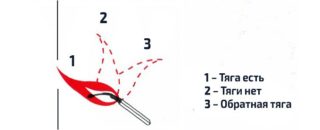
Draft is the circulation of air in a room and its outflow. Natural ventilation works according to the pressure difference between the outside and inside the room. This is achieved by the difference in height between the levels of the location of the gas equipment and the head of the chimney pipe.
The compulsory system works more efficiently. Air movement is provided by fans that act as blowers, hoods or are installed at the entrance to and exit from the room in the wall or in the collector on the roof.
The rules for the safe handling of household gas oblige the owners of the equipment to check the presence of traction in the ventilation system before using it. It should be borne in mind that according to sanitary standards and rules, the air exchange rate in rooms with gas appliances must be at least 10. The atmosphere in the room must be renewed so many times per hour.
You can check the efficiency of traction in the following ways:
- A sheet of paper. When the system is in working order, the sheet is pressed tightly against the grate and does not fall down under its own weight. However, this option does not allow determining the rate of air exchange, but only indicates that there is traction.
- A special device that determines the strength of the wind. It must be brought as close to the grate as possible and wait until the indicators on the scoreboard become stable. After that, it remains to translate the speed into cubic meters per hour.
- Steam or smoke from a scented candle. A bowl or candle is brought up to the opening. Its effectiveness is determined by the intensity of absorption of released substances.
The idea of testing thrust with fire is not the most successful, but rather even dangerous. Flammable substances settle on the grate, dust accumulates in the channels, which can ignite and explode from the flame. In addition, contact with fire can burn out the mosquito net.
Responsibilities when using gas at home
Rules for handling gas at home:
- There should be no flammable objects or substances that emit toxic smoke when heated near the stove. This includes kitchen towels, gloves, plastic utensils, furniture, and other household utensils. Clean the area around the hob regularly to prevent fires.
- First you need to light a fire and bring it to the burner, only then open the gas supply. When using the oven, you should wait until the relay heats up, which is responsible for the fuel supply.
- The combustion process must be constantly monitored. The flame should be even, stable, with a characteristic blue color. If it is intermittent, red or heavy soot is observed, switch off the appliance.
- The condition of the equipment should be checked regularly. The revision dates are indicated in the user manual. For the stove, the recommended frequency is once every three years, and for the boiler and the column - annually.
- You should immediately contact the emergency service if you find an odor of an odorant in an apartment or entrance, a malfunction of devices and communications, a sudden cessation of the gas supply.
- When using a flexible hose, use products whose length does not exceed 500 cm. When connecting, make sure that there are no kinks or kinks.
The equipment must be positioned in accordance with current regulations. It is not allowed to install it next to heating devices.
What is strictly prohibited when using gas
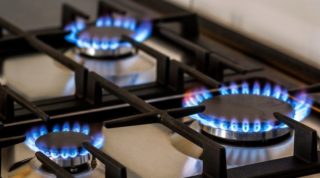
Gas appliances are a source of increased danger and this must always be remembered, bringing safety rules to your immediate environment, especially children.
Owners of gasified real estate are prohibited from:
- Use faulty equipment. We are talking about household appliances and a ventilation system.
- Use the plates as heaters in the cold season. There is a risk of high indoor carbon monoxide concentrations.
- Independently repair equipment. It is not allowed to disassemble devices, change taps, change the configuration of pipes.
- Allow children and adults in inadequate condition to use stoves, boilers and water heaters.
- Check for possible gas leaks with an open flame. There is a soap solution and analyzers for this.
- Use gas pipes as a support for clotheslines, and tie electrical cables from hoods and lighting fixtures to them.
- Cover with patch panels or furniture places that need regular inspection - taps, welds, meters, control sensors and safety devices.
- Cover, muffle ventilation ducts, arbitrarily change their configuration.
In the event of an emergency with gas, you need to shut off its supply, disconnect the housing, call the rescue service and leave the room, not forgetting to warn the neighbors.

